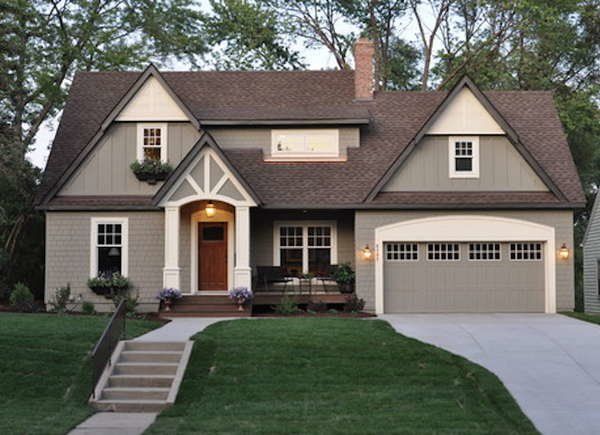When it comes to constructing durable structures, particularly in regions prone to freezing temperatures, one critical question arises: Does a concrete slab need to be below the frost line? This inquiry is not merely academic; it has significant implications for the longevity and stability of buildings, patios, driveways, and other concrete installations. In this article, we will delve into the concept of the frost line, its implications for concrete slab construction, and best practices to ensure structural integrity.
Understanding the Frost Line
The frost line, also known as the frost depth, is the depth at which the ground is expected to freeze during winter months. This depth varies significantly depending on geographical location, climate, and soil type. In colder regions, the frost line can extend several feet below the surface, while in milder climates, it may only be a few inches deep. Understanding the frost line is crucial for any construction project, as it directly affects the foundation's stability and the potential for frost heave.
The Importance of Building Below the Frost Line
- Preventing Frost Heave: One of the primary reasons for placing concrete slabs below the frost line is to prevent frost heave. Frost heave occurs when moisture in the soil freezes and expands, causing the ground to shift. This movement can lead to cracks, uneven surfaces, and structural damage to the concrete slab and the building it supports. By ensuring that the slab is below the frost line, builders can minimize the risk of frost heave and its associated problems.
- Soil Stability: The stability of the soil is another critical factor. Soil types vary in their ability to retain moisture and freeze. For instance, clay soils are more prone to frost heave than sandy soils. By placing the concrete slab below the frost line, builders can ensure that the slab is anchored in more stable soil, reducing the likelihood of movement and settling.
- Longevity of the Structure: A concrete slab that is not adequately protected from frost can lead to costly repairs and maintenance. Cracks and structural damage can compromise the integrity of the building, leading to safety concerns and decreased property value. By adhering to frost line guidelines, builders can enhance the longevity of the structure and reduce long-term costs.
Best Practices for Concrete Slab Installation
- Research Local Frost Depth: Before beginning any construction project, it is essential to research the local frost depth. Local building codes often provide guidelines on the required depth for foundations and slabs. Consulting with local authorities or a geotechnical engineer can provide valuable insights into the specific requirements for your area.
- Excavation and Preparation: Proper excavation is crucial for ensuring that the concrete slab is placed below the frost line. This process involves removing any organic material, debris, and loose soil to create a stable base. Additionally, it is essential to compact the soil to prevent future settling.
- Insulation Techniques: In some cases, builders may choose to use insulation techniques to mitigate the effects of frost. This can include installing rigid foam insulation around the perimeter of the slab or using insulated concrete forms (ICFs). These methods can help maintain a stable temperature around the slab, reducing the risk of frost heave.
- Drainage Considerations: Proper drainage is vital for preventing water accumulation around the slab, which can exacerbate frost heave. Implementing effective drainage solutions, such as French drains or proper grading, can help direct water away from the foundation and reduce the risk of frost-related issues.
Conclusion
In conclusion, the question of whether a concrete slab needs to be below the frost line is not just a matter of preference; it is a fundamental aspect of construction that can significantly impact the durability and stability of a structure. By understanding the frost line and implementing best practices for slab installation, builders can ensure that their projects withstand the test of time and the challenges posed by freezing temperatures. Investing the time and resources to adhere to these guidelines will ultimately lead to safer, more resilient structures that stand strong against the elements.

